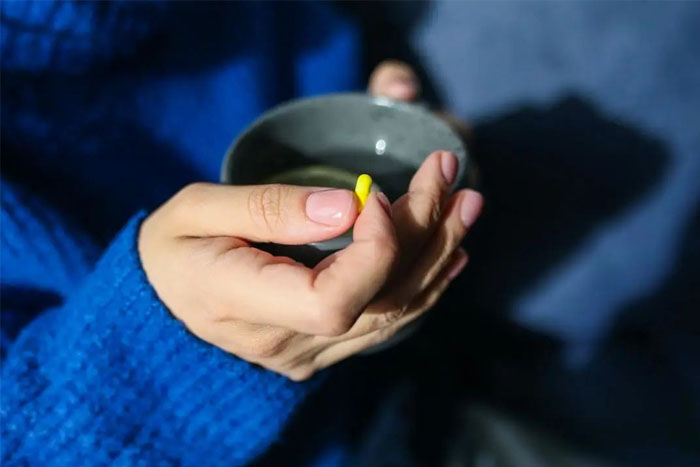- Login
- Cart{{shopingCartNum}}
- English

EHF is primarily caused by the Hantaan virus, which is present in the urine, feces, and saliva of rodents. Humans typically become infected through the following pathways:
1. Inhalation: Contact with air contaminated by rodent excreta, leading to virus inhalation.
2. Contact: Direct skin or mucous membrane contact with contaminated objects or surfaces.
3. Foodborne: Consumption of food contaminated with the virus.
In some endemic areas, particularly during the autumn and winter seasons, the risk of Hantaan virus transmission significantly increases.
The incubation period of EHF is usually 2 to 4 weeks, and symptoms vary among individuals, generally progressing through five stages:
1. High fever: Sudden rise in body temperature to over 39°C.
2. Headache: Severe headache and orbital pain.
3. Malaise: Fatigue, muscle aches, nausea, and vomiting.
4. Facial flushing: Facial and neck redness resembling a "mask-like" swelling.

1. Hypotension: Significant decrease in blood pressure, potentially leading to shock symptoms.
2. Tachycardia: Increased heart rate, possibly accompanied by sweating and cold extremities.
1. Reduced urine output: Marked decrease in daily urine volume, potentially indicating renal insufficiency.
2. Bleeding tendency: Appearance of petechiae or ecchymosis on the skin and mucous membranes, with potential internal bleeding in severe cases.
1. Increased urine output: Rapid increase in daily urine volume, sometimes exceeding normal levels.
2. Dehydration risk: Excessive urination may lead to dehydration and electrolyte imbalance.
1. Symptom alleviation: Gradual return of body temperature to normal and restoration of urine output to normal levels.
2. Gradual recovery: Gradual disappearance of systemic symptoms, though complete recovery may take several months.
1. Farmers: Due to frequent work in fields, they have a higher risk of rodent contact and subsequent infection.
2. Outdoor workers: Including forestry workers, geological survey personnel, etc., who have a higher risk of rodent contact during outdoor work.
3. Construction workers: Particularly during demolition and excavation work, where they may disturb and come into contact with rodent habitats.
4. Campers and outdoor enthusiasts: During outdoor camping, hiking, and other activities, they are at risk of coming into contact with rodents and their excreta carrying the virus.
5. Individuals in unsanitary living environments: Those residing in areas with poor hygiene and frequent rodent activity are also at a higher risk of infection.
6. Researchers: Individuals engaged in rodent- or virus-related research work are at risk if proper protective measures are not taken.
Prevention of EHF primarily involves avoiding contact with rodents and their excreta, maintaining environmental cleanliness, and adopting personal protective measures.
1. Symptomatic treatment: Controlling and alleviating symptoms is key. Antipyretics and analgesics can be used for fever, headache, and muscle pain. Prompt correction is necessary for shock and hypotension symptoms.
2. Maintenance of fluid and electrolyte balance: Patients may experience dehydration and electrolyte imbalances during the course of the illness, necessitating adequate fluid and electrolyte supplementation through intravenous fluids, etc.
3. Supportive care: Including adequate nutritional support and necessary oxygen therapy to maintain the patient's basic vital signs and bodily functions.
4. Antiviral treatment: While specific antiviral drugs are currently unavailable, medications like ribavirin may be attempted early in the course of the illness to mitigate severity.
5. Prevention and management of complications: EHF can lead to various complications such as renal failure and bleeding tendencies, which should be actively prevented and promptly addressed.
6. Isolation and prevention: Patients should undergo isolated treatment to prevent virus spread. Additionally, enhancing personal protection and avoiding contact with rodents and their excreta are important measures for preventing EHF.
Treatment should be carried out under the guidance of a healthcare professional, and patients should seek medical attention promptly to ensure timely and effective treatment.

Environmental hygiene: Maintain cleanliness in residential and work environments, and promptly dispose of garbage and food residues.
Rodent proofing: Seal rodent entry points in houses and warehouses to prevent rodent access.
Use of traps or rodenticides: Regular monitoring and control of rodent populations.
Wearing masks and gloves: Use protective gear when cleaning potentially rodent-contaminated areas.
Avoid direct contact with rodents and their excreta: Refrain from directly handling dead rodents or rodent feces.
Prevent food contamination: Properly store food and drinking water to prevent contamination by rodents.
Understanding transmission pathways: Be aware of the transmission routes and high-risk environments of EHF.
Seek prompt medical attention: Seek medical care promptly if symptoms similar to those of EHF appear, especially in high-risk areas.
Vaccination: Consider vaccination against EHF in high-risk areas to prevent infection.
Although EHF is serious, scientific prevention measures and early medical intervention can effectively reduce infection and mortality rates. Increasing awareness of personal protection, maintaining good environmental hygiene habits, and staying away from rodents and their excreta are crucial for preventing EHF. It is hoped that everyone can protect their own and their family's health and collectively stay away from the threat of this infectious disease.